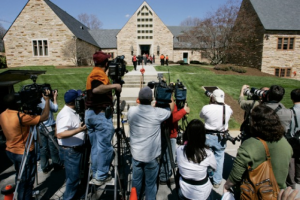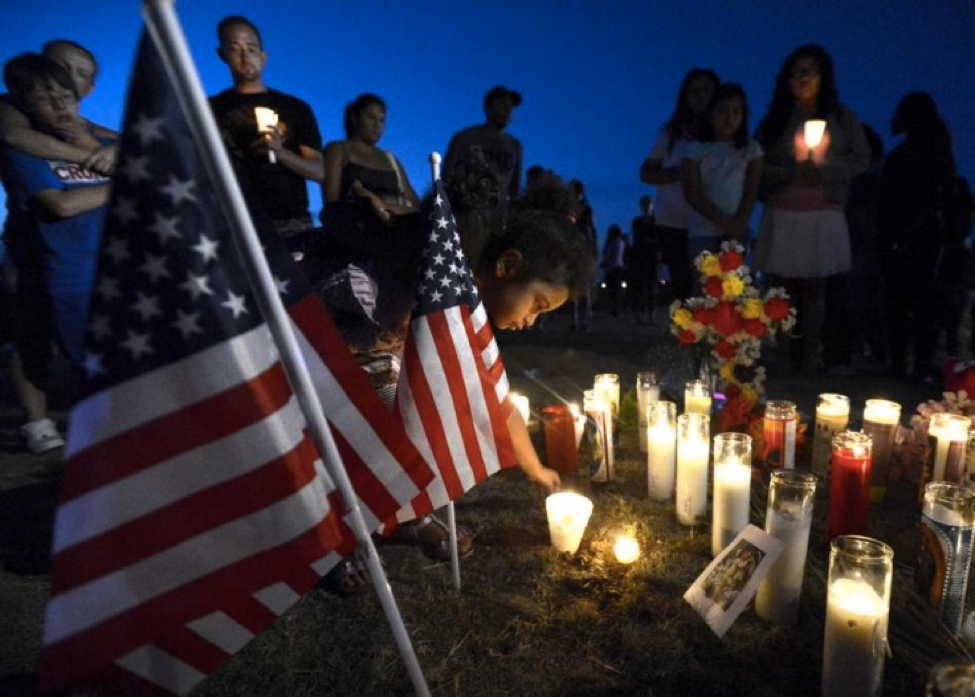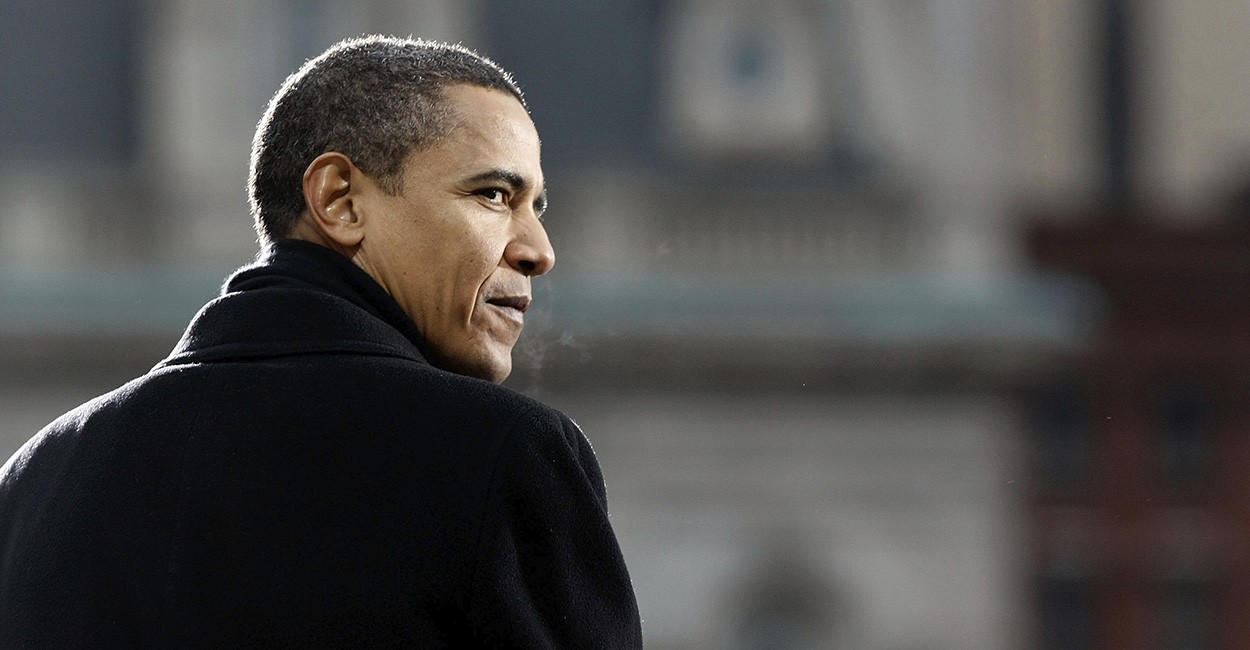These days, if a month passes by and we haven’t heard of a new tragic mass shooting happening in our own backyard, then it was a really good month. Rare, but good. In fact, the United States leads the world in the number of mass shootings, with 31 percent of all mass shootings between 1966 and 2012 belonging to the U.S., despite the United States only contributing 5 percent to the global population. The world’s top five countries with the highest gun ownership per capita – the number of civilians that own guns – are the U.S., Yemen, Finland, Switzerland, and Serbia, respectively. However, the next four countries after the U.S. don’t have near as many mass shootings all together than the U.S. does by itself. So, naturally, one has to ask: why?
Adam Lankford, a criminal justice professor at the University of Alabama, just released a study detailing his findings concerning gun violence and American exceptionalism. Lankford investigates what motivates mass shooters in the United States, and how those motivations differ from mass shooters in other parts of the world. Lankford suggests a couple of different factors that could contribute to what he calls, “the dark side of American exceptionalism,” that is, how America sets itself apart from other countries and cultures. The United States, unfortunately, does seem to set itself apart from others by an overwhelming obsession with notoriety among the shooters.

However, the only way we can know for sure that notoriety is a motivation of the shooters is by observation and deduction. There is no specific evidence in which a perpetrator claims, “I shot all these people because I’m not famous or because I don’t feel like I measure up to the American dream.” Instead, we look at the spectacle that surrounds these shootings. The perpetrators arguably choose people and locales that of course would be featured on the nightly news — elementary and high schools, college campuses, movie theaters, etc. Ari Schulman writes in Time, “Like political terrorism, the mass shooting is a crafted public spectacle, a theater of violence in which we are the unwitting yet compliant audience.” Despite Schulman’s other assertions, it is important to note that the observations are much the same, that ultimately,
“…the shooter deliberately chose a target that would maximize the horror and ensure his place in the pantheon of anti-heroes.”
One of the aforementioned factors is America’s obsession with fame. “Increasingly in America — perhaps more than in any other country on the globe — fame is revered as an end unto itself,” Lankford writes. “Some mass shooters succumb to terrible delusions of grandeur and seek fame and glory through killing. They accurately recognize that the only way they can guarantee that their names and faces adorn magazines, newspapers, and television is by slaughtering unarmed men, women, or children.”
As a culture, we Americans tend to idolize not just celebrities, but the idea of celebrity as a profession, or more accurately – and perhaps more dramatically – a destiny. Perhaps it comes from a desire for success; after all, being touted as famous (often equivocated with being well-respected or desired) is the easiest and most apparent way for one to measure their own worth.
Lankford suggests that this obsession with fame translates to violence because of a misplaced blame on the failure of achieving the American dream. That blame falls on the people surrounding the shooters; their teacher, peers, anyone who they perceive as being a part of their failure. We, as a culture, look at success (think: fame) as something we are entitled to as Americans. Instead of looking at success subjectively, some of these mass shooters see only one way to achieve the ultimate dream of becoming a household name. They want be known and they want to feel validated from their own suffering, so they lash out in such a way that will give them that notoriety that they feel so enamored with by hurting those they blame for their lack of success (their idea of success, that is).
And sadly enough, it tends to work. The perpetrators of the 1999 Columbine High School massacre are now virtually household names. The same could be said of those responsible for the Aurora theatre shooting, or Sandy Hook, or more recently, the Charleston church shooting. These criminals were the headline of every newspaper and the main stories for every news station for weeks. The media would take every chance they got to try to delve deeper into the troubled psyches of the shooters and make attempts at explaining their motivations. In this way, the shooters were successful. They may have been fooled by the American Dream, but they still succeeded. They were made important. They were made not famous, but infamous.

Besides the fame motivation, Lankford acknowledges that mental health problems play a role as well. However, the lack of mental health treatment on behalf of America’s health care system is not a factor of mass violence that is strictly unique to America. Instead, in Lankford’s research, a large emphasis is placed on what is unique to American society, and one factor that is distinctly American is gun ownership. Out of every 100 people, about 88.8 of them own or have access to guns in the U.S. In second place, Yemen has about 54.8 firearms per 100 people. Obviously, that’s a pretty large gap in between first and second place. To Lankford, that is a statistic that inextricably links that of gun ownership and access to mass violence.
Of course, there are those arguments that would rather focus on mass shootings and gun violence in terms that are easier to come up with solutions for, emphasizing gun ownership and mental illness, to name a few. Considering the sensitive nature of the topic, it is no wonder that everyone has an opinion. It is a fair assumption to be made that guns and firearms usage will continue to be hot-button topic debated on virtually every platform available from your uncle’s Facebook wall to the frontline of the next presidential debate. The difference with Lankford’s study is that he highlights a larger, cultural, more abstract way of thinking about the motivations behind the actions of mass shooters through a sociological lens, rather than a policy one.
In sum, this theory attempts to quantify a grotesque side of American culture that is difficult to dispute. America’s obsession with fame is clear to any observer and the idea that one of the pinnacles of our society – the American dream – could play a role in the motivations behind many mass shooters, combined with that desire for notoriety, is a harrowing thought to entertain. However, it does carry with it a modicum of sense: these shooters feel entitled to success (nowadays realized by the amount of fame or relevance one attains in the eyes of others) promised to them by the American dream, and when they feel they can’t realistically achieve the aspirations they have set for themselves, they feel ripped off by the system. They want to put a face on this problem for them to blame, and too often, they blame the people they see everyday, which leads to these horrific examples of mass violence. Couple that with relatively easy access to firearms, undiagnosed, unchecked mental illness, and you have a recipe for tragedy with a uniquely American twist.
Photo Credit: Reuters


